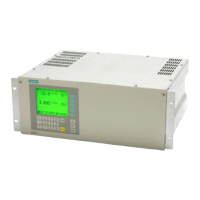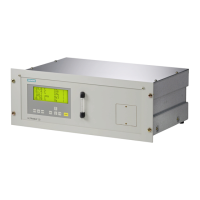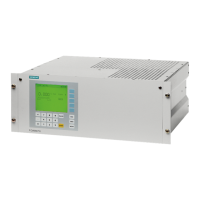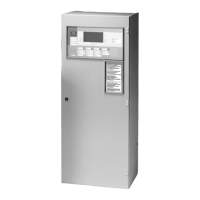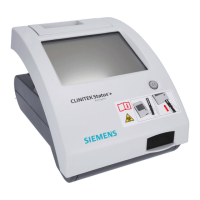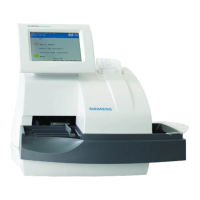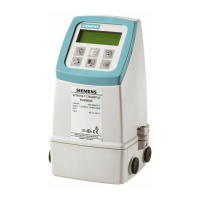Siemens AG
SIL Safety Manual CALOMAT 6 Gas Analyzers 8
A5E00729184-02, 07/2010
2.2 Safety Integrity Level (SIL)
Definition: SIL
The international standard IEC 61508 defines four discrete Safety Integrity Levels
(SIL) from SIL 1 to SIL 4. Each level corresponds to the probability range for the
failure in a safety function. The higher the SIL of the safety-instrumented system,
the higher the probability that the required safety function will work.
The achievable SIL is determined by the following safety characteristics:
Average probability of dangerous failure of a safety function in case of
demand (PFD
AVG)
Hardware fault tolerance (HFT)
Safe failure fraction (SFF)
Description
The following table shows the dependency of the SIL on the average
probability of dangerous failures of a safety function of the entire safety-
instrumented system (PFD
AVG). The table deals with “Low demand mode”, i.e.
the safety function is required a maximum of once per year on average.
SIL PFD
AVG
4 ≥ 10
-5
… < 10
-4
3 ≥ 10
-4
… < 10
-3
2 ≥ 10
-3
… < 10
-2
1 ≥ 10
-2
… < 10
-1
Table 2-1 Safety Integrity Level
The “average probability of dangerous failures of the entire safety
instrumented system” (PFD
AVG) is normally spilt between the three subsystems
in the following figure.
Figure 2-2 PFD distribution
The following table shows the achievable Safety Integrity Level (SIL) for the
entire safety-instrumented system for type B systems depending on the
proportion of safe failures (SFF) and the hardware fault tolerance (HFT). Type
B systems include sensors and positioners actuators with complex
components, e.g. microprocessors (see also IEC 61508, Section 2).
012
<60% Not allowed SIL1 SIL2
60 to 90% SIL1 SIL2 SIL3
90 to 99% SIL2 SIL3 SIL4
>99% SIL3 SIL4 SIL4
HFT
SFF
Sensor
e.g. Gas
Analyzer
Final control-
ling element
e.g. valve
Control
system or
logic unit
e.g. PLC

